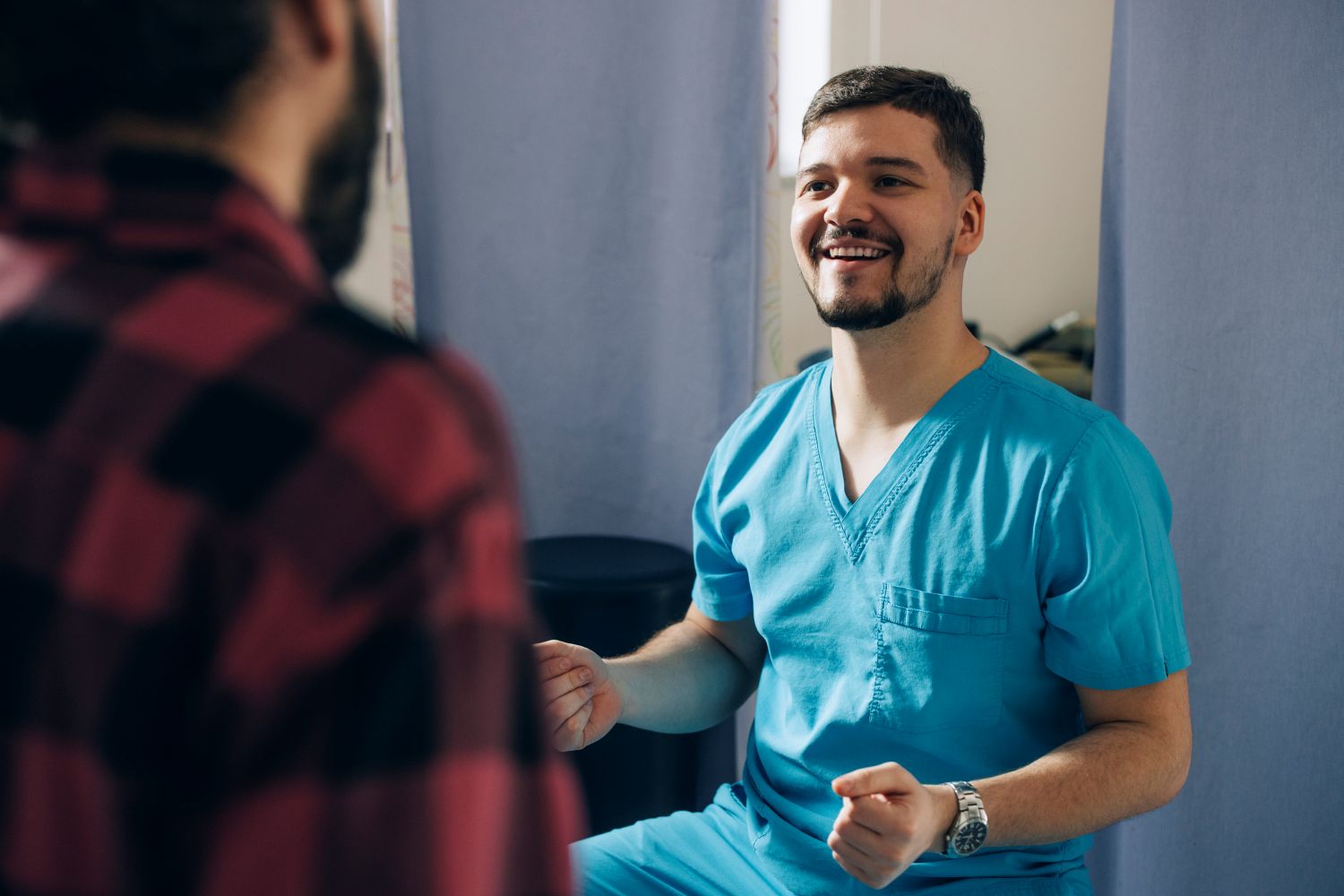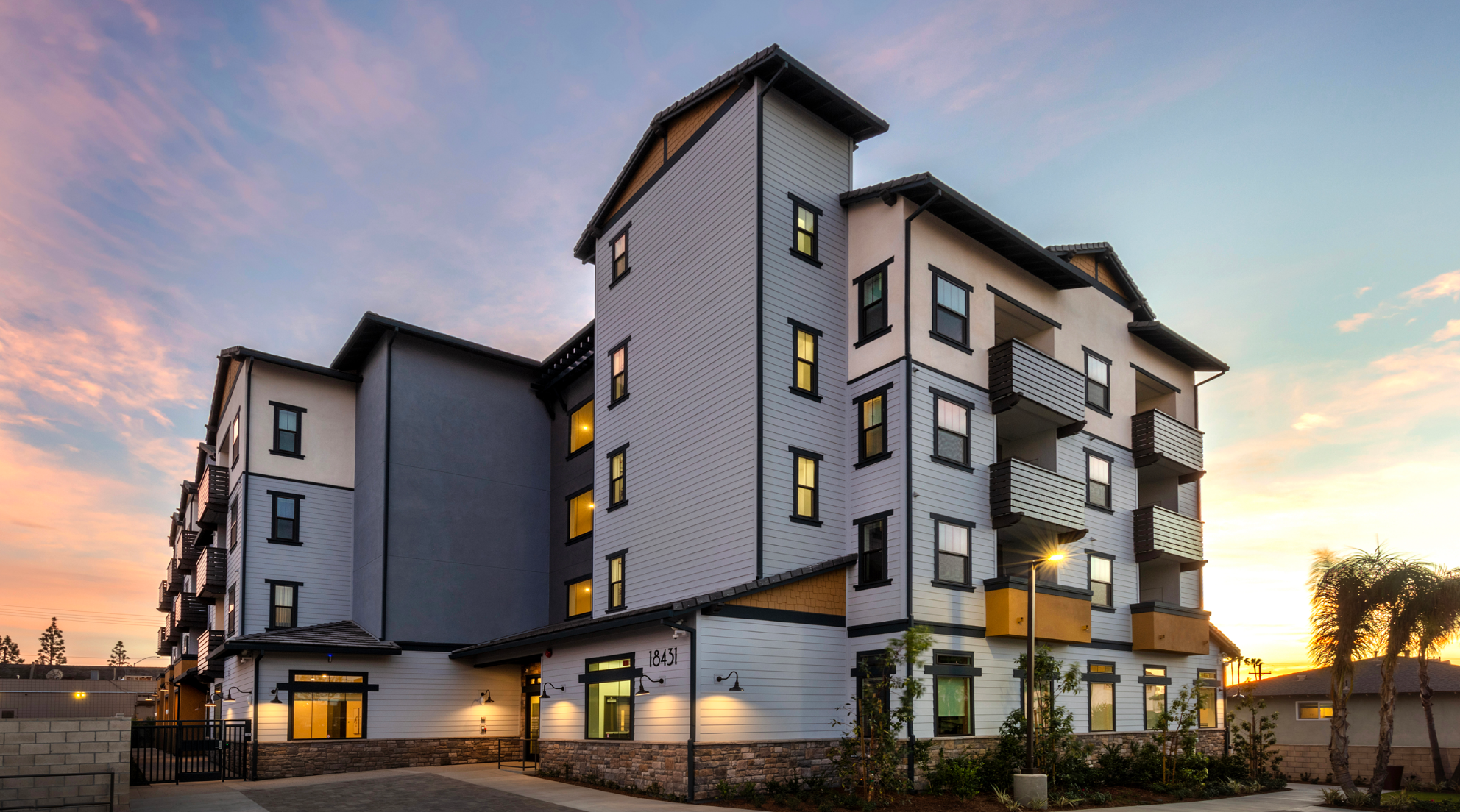View the Report
Jump to All Downloads & LinksAbout This Series
This series focuses on the challenges of addressing the health and health care needs, both related and unrelated to the pandemic, of people who are homeless, and spotlights emerging care innovations, partnerships, and practices across the state.
Background
Within California, 70% of the approximately 150,000 people experiencing homelessness are living unsheltered, according to the Annual Homeless Assessment Report developed by the US Department of Housing and Urban Development. Street medicine is the practice of providing basic medical care to people experiencing homelessness and living on the street. What began in the early 1990s with the recognition that meeting unsheltered people where they are both reduces barriers to care and builds trust has proved to be essential in mitigating the impact of COVID-19 among this high-risk population. They have a higher mortality rate than those who are sheltered or housed, are more at risk for adverse outcomes due to COVID-19 based on their higher rates of chronic conditions, and experience environmental factors that put them at greater risk of infection, such as lack of access to hygiene resources. Street medicine providers are the front line of defense against these inequities by working to decrease the spread and negative impacts of COVID-19, such as worsening mental health, increases in substance use disorders, and delays in health care for the unsheltered population.
Background on Street Medicine
According to the Street Medicine Institute, street medicine is the provision of health care directly to those living and sleeping on the streets — the unsheltered or ‘rough sleeper’ homeless — through mobile services such as walking teams, medical vans, and outdoor clinics. Street medicine programs focus on health care for unsheltered people as opposed to those residing in shelters. These programs, which emerged in the 1990s in California, are quickly gaining popularity, with over 60 programs across the US and growing. Using tailored outreach and engagement strategies, street medicine programs can help link people to brick-and-mortar primary care sites and housing while providing essential services in the field to people who have not sought, and sometimes do not want to seek, care in traditional settings.
The Center for Health Care Strategies (CHCS) recently spoke with Lisa Abdishoo, MD, president and CEO, and Shannon Fernando, FNP-C chief innovation officer, at Los Angeles Christian Health Centers (LACHC), a Federally Qualified Health Center (FQHC) with multiple locations and street outreach teams, including one on LA’s Skid Row, a 54-block area of downtown LA associated with poverty and homelessness. CHCS also spoke with Danielle Williams, MD, a street medicine provider with the Street Team Outreach Medical Program (STOMP), at the Roots Community Health Center in Oakland, to learn more about how their existing street medicine programs are adapting to meet patients’ needs amid the pandemic.
Supporting COVID-19 Screening and Testing via Street Teams
Screening and testing are critical components to infection control and a necessary first step to identifying those who need a place to safely shelter, isolate, or quarantine due to COVID-19. At the start of the outbreak, street teams throughout the state pivoted from their typical medical work to focus on screening and testing as well as referral, as appropriate, to isolation and quarantine units available through California’s Project Roomkey.
LACHC prepared all their existing street outreach teams to conduct street-based testing for COVID-19. Their street outreach staffing consists of four teams, each with four people: two case managers with outreach experience, one nurse to conduct COVID-19 testing, and one medical assistant who helps ensure that the tester remains clean during the process. LACHC established two approaches to test for COVID-19 in LA’s homeless communities — roving testing and mini pop-up testing.
In roving testing, the team goes from tent to tent. The case managers help with engagement by offering hygiene kits or lunches, while the clinicians offer testing and education on COVID-19 prevention.
“Some people think of Skid Row as one giant encampment. But the truth is, it’s not. It’s actually a community composed of a variety of different areas within it. Each area is unique and has different dynamics, different community stakeholders, and different strategies that work. That’s why we are doing both roving and pop-up testing, because it’s not one size fits all in terms of how we provide care to the members of the community.”
—Shannon Fernando, LACHC
With this approach, the team’s goal is to connect with all the community members over a set period of time, ensuring that they are bringing services to each encampment. Roving testing is done one to two times per week.
Mini pop-up testing identifies a place that people experiencing homelessness may frequent, such as a community organization parking lot where meals are provided, and positions a street medicine team there to outreach to them, offer COVID-19 testing and education in addition to primary care services, and ultimately build ongoing trust and rapport. With this approach, the team can position itself at an established location where those seeking care can actively connect to services. Prior to the pandemic, LACHC’s Skid Row street-based medicine engagement efforts resulted in approximately 60–70 encounters a month. During the pandemic, this number has risen to over 300, an increase the team attributes largely to testing and COVID-19-related encounters.
LACHC’s street medicine teams employ various techniques to ensure follow-up on test results for people experiencing homelessness, including obtaining emergency contact, obtaining tent color for those unsheltered, and obtaining a picture of the person (with permission) to enable locating the patient. In addition, for every positive case, LACHC’s team deployed their street teams to look for the patient to inform him/her of the results, offer isolation placement at an isolation site, and conduct contact tracing. As of November 1, 2020, LACHC has conducted 1,631 street-based COVID-19 tests; 17 have been positive.
Addressing Non-COVID-19 Health Needs Amid the Pandemic
The Oakland STOMP team is run by the Roots Community Health Center and is funded by Alameda County Health Care for the Homeless. The street medicine team consists of a physician and a health care navigator and, similar to LACHC, took on screening and testing for COVID-19 as a priority early in the outbreak. After the immediate public health response was in place, the STOMP team has been able to refocus on safely providing primary and urgent care. They have a mobile medical van with two complete exam rooms. However, in order to conduct as much of the primary and urgent medical care as possible in the open air, the STOMP team set up a canopy and tables outside the van to continue these visits as safely as possible during the pandemic.
“Sometimes I’m asked if people experiencing homelessness are mistrustful or reluctant to get COVID-19 testing. I’d say that both non-homeless and homeless people that I see may believe in the conspiracy that someone is giving them the virus and/or they are just worried about being tested. However, what is unique to people experiencing homelessness is that they are less concerned about getting or having the virus. They are focused on other threats that are even more imminent, such as not having food or not feeling safe. Or they have a substance use disorder and are more intent on finding money to buy alcohol or other substances despite the risks of COVID-19. The way that the homeless population is mostly different is that they have so many other concerns.”
—Dr. Danielle Williams, Roots Community Health Center
The STOMP team uses existing relationships with patients, built both before and during the pandemic, to identify those who need general primary care, medications, or refills, or who have urgent care needs. The team also follows up with people who previously showed signs of the virus, but had not been tested or had not yet received test results, to check on their status and needs. The STOMP team goes tent to tent to offer medical services, including procedures, lab/blood work, wound care, mental health and substance use disorder treatment — essentially, any clinical service that can be provided in the medical office. A key part of the STOMP team’s work is to build trust and rapport with patients, which requires consistency and a trauma-informed approach, meeting people where they feel most safe, allowing patients to choose their health goals, and working with them to make stepwise progress toward their goals.
As the pandemic continues, street medicine teams across California will continue to need to balance the testing and safety precautions necessary to assess and mitigate spread with the ongoing provision of primary care and urgent care services in the field.
Street medicine has played a valuable role in providing people experiencing homelessness with testing, health care services, education, prevention, and compassion in the midst of the COVID-19 pandemic. Looking forward, another role for street medicine programs is to sign up with their public health departments to administer the COVID-19 vaccine to patients and staff, adding vaccination to the list of COVID-19-related and primary care services provided through street medicine programs. Lessons gleaned from the implementation and adaptation of street medicine during the pandemic will continue to inform current efforts in the field, as well as to improve future ones.
Authors & Contributors
Kathy Moses, MPH
Kathy Moses, MPH, is a senior fellow at the Center for Health Care Strategies (CHCS). CHCS is a nonprofit policy center dedicated to improving the health of Americans with low incomes through partnerships that promote innovations in publicly financed health care, especially for individuals with complex, high-cost health care needs.





